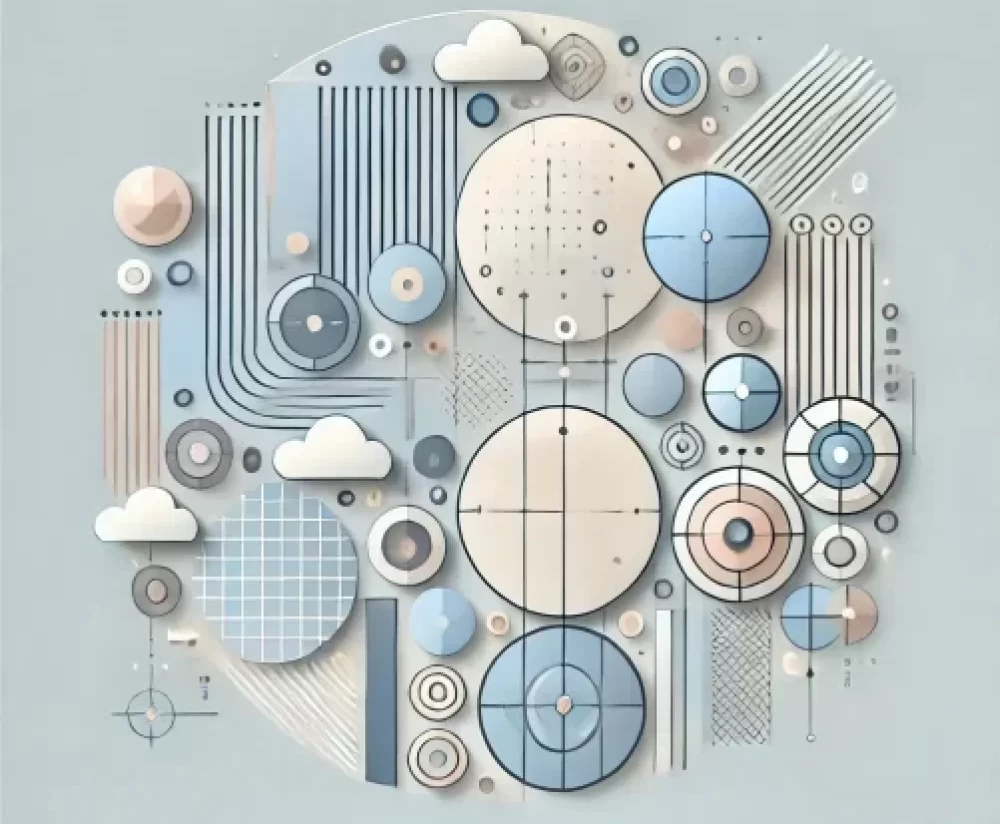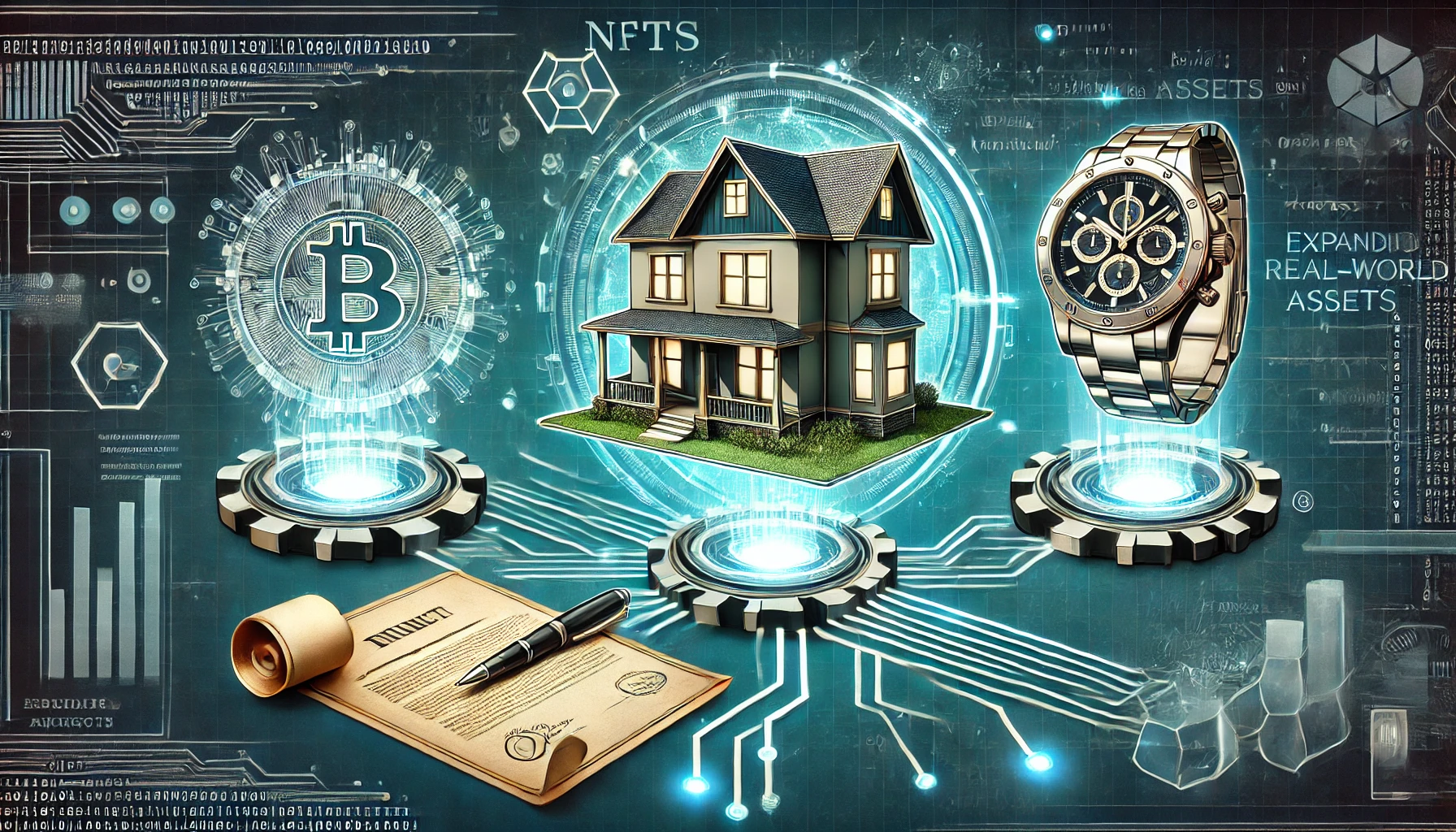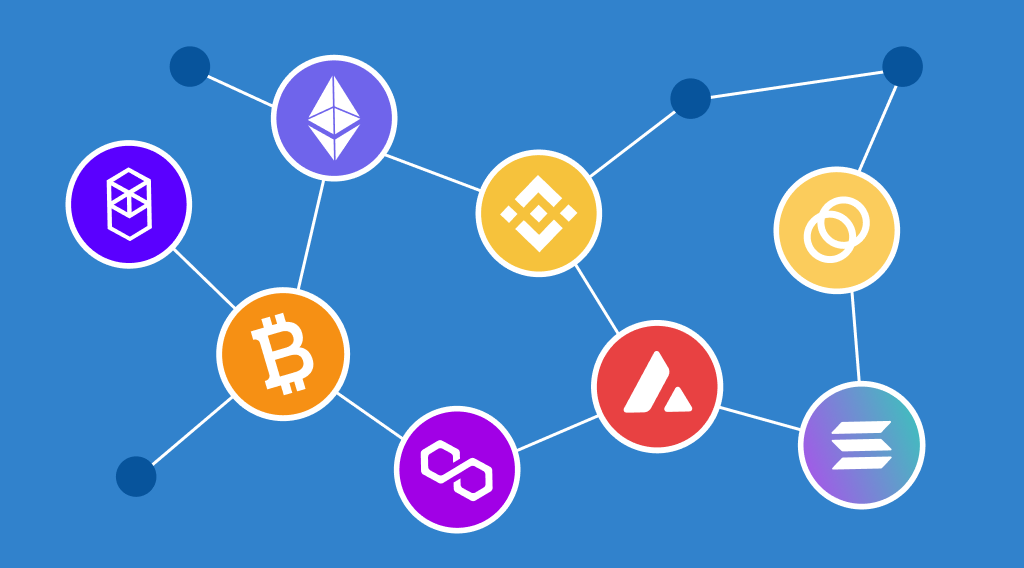Non-Fungible Tokens (NFTs) have taken the digital world by storm, initially gaining fame for their role in the sale and ownership of digital art. However, the application of NFTs extends far beyond digital art, tapping into a diverse range of industries and revolutionizing the concept of ownership and value exchange. This article explores how NFTs are moving beyond the realm of digital art to represent real-world assets such as real estate, intellectual property, and luxury goods, fundamentally altering how these assets are authenticated and transferred.
Understanding NFTs: The Basics
At their core, NFTs are unique digital tokens stored on a blockchain, representing ownership or proof of authenticity of a specific asset. Unlike cryptocurrencies such as Bitcoin or Ethereum, which are fungible and can be exchanged on a one-to-one basis, NFTs are unique and cannot be replicated. Each NFT contains distinct information that makes it different from any other token, providing a digital certificate of authenticity and ownership.
The Expansion of NFTs into Real-World Assets
While NFTs initially gained popularity in the digital art space, their underlying technology—blockchain—offers far-reaching implications for various real-world applications. Here’s how NFTs are being integrated into different sectors:
1. Real Estate: Revolutionizing Property Transactions
NFTs are beginning to transform the real estate industry by simplifying the process of buying, selling, and managing properties. Traditionally, real estate transactions involve numerous intermediaries, extensive paperwork, and high costs. By tokenizing properties as NFTs, the entire process can be streamlined:
- Fractional Ownership: NFTs allow for fractional ownership of properties, enabling multiple investors to own a share of high-value real estate assets. This democratizes access to real estate investments, making them more accessible to a broader audience.
- Simplified Transactions: With properties represented as NFTs, transactions can be conducted swiftly and securely on the blockchain, reducing the need for intermediaries and lowering transaction costs.
- Transparent Ownership Records: Blockchain technology ensures that the ownership history of an NFT is immutable and transparent. This makes it easier to verify property ownership, reducing the risk of fraud.
2. Intellectual Property: Securing Digital and Creative Rights
Intellectual property (IP) encompasses a wide range of assets, including patents, trademarks, copyrights, and trade secrets. NFTs are providing a new way to manage and protect these valuable assets:
- Digital Certificates of Authenticity: NFTs can serve as digital certificates that verify the authenticity and ownership of intellectual property. For instance, a musician could tokenize a song as an NFT, providing proof of ownership and authenticity that is recorded on the blockchain.
- Smart Contracts for Licensing: NFTs can be programmed with smart contracts to automate licensing agreements and royalty distributions. This ensures that creators receive fair compensation whenever their work is used or resold, without the need for intermediaries.
- Efficient IP Transfers: Transferring IP rights can be a complicated process. NFTs make it easier to transfer ownership of intellectual property, as the transaction is recorded on the blockchain, providing a clear and immutable record.
3. Luxury Goods: Authenticating and Tracking High-Value Items
The luxury goods market is another area where NFTs are gaining traction, particularly in combating counterfeiting and ensuring authenticity:
- Proof of Authenticity: High-value items such as designer handbags, watches, and jewelry can be tokenized as NFTs, with each token containing metadata that proves the item’s authenticity and origin. This digital proof is immutable and easily verifiable.
- Supply Chain Transparency: NFTs can track the entire lifecycle of a luxury good, from production to sale. This transparency ensures that consumers receive genuine products and helps brands combat counterfeiting and theft.
- Enhanced Ownership Experience: Some luxury brands are using NFTs to provide exclusive benefits to their customers. For example, owning a luxury item’s NFT could grant access to exclusive events, offers, or loyalty programs, adding an additional layer of value.
The Technology Behind NFTs: Blockchain and Smart Contracts
The expansion of NFTs into real-world assets is powered by blockchain technology and smart contracts:
- Blockchain: A decentralized and distributed ledger technology that records all transactions across a network of computers. For NFTs, blockchain provides an immutable and transparent record of ownership and provenance, ensuring that each token and the asset it represents are unique and cannot be duplicated.
- Smart Contracts: Self-executing contracts with the terms directly written into code. Smart contracts are stored on the blockchain and automatically execute actions when predefined conditions are met. In the context of NFTs, smart contracts can automate processes such as royalty payments, transfers of ownership, and enforcement of usage rights.
Authentication and Ownership Verification: How NFTs Are Used
NFTs are transforming how ownership and authenticity are verified across industries:
- Immutable Ownership Records: Because NFTs are stored on the blockchain, they provide an unchangeable record of ownership. This makes it easy to trace the ownership history of an asset, which is particularly valuable in industries where provenance is important, such as art, luxury goods, and real estate.
- Preventing Fraud and Counterfeiting: NFTs make it significantly harder for counterfeiters to replicate assets, as each token is unique and tied to specific information that verifies its authenticity. This is a game-changer for industries that have long struggled with fraud and counterfeit goods.
- Streamlined Transactions: By eliminating the need for intermediaries and reducing the paperwork associated with traditional transactions, NFTs simplify the buying, selling, and transferring of assets. This efficiency is particularly valuable in industries like real estate and intellectual property, where transaction costs can be high.
Challenges and Future Outlook
While the potential of NFTs to represent real-world assets is immense, several challenges remain:
- Regulatory Uncertainty: The legal status of NFTs, particularly concerning real estate and intellectual property, is still evolving. Clear regulatory frameworks are needed to ensure widespread adoption and trust.
- Technical Limitations: Scalability and interoperability issues on current blockchain platforms can hinder the seamless integration of NFTs across different industries.
- Market Volatility: The NFT market is still relatively young and can be highly volatile. Asset valuation needs more stability for broader acceptance of NFTs representing real-world assets.
Despite these challenges, the future of NFTs in representing real-world assets looks promising. As technology matures and regulations become clearer, NFTs are poised to revolutionize various industries by providing new ways to authenticate, trade, and manage valuable assets.
NFTs are more than just a trend in digital art; they are a transformative technology reshaping how we think about ownership and value in the digital and physical worlds. By moving into real-world assets like real estate, intellectual property, and luxury goods, NFTs are unlocking new opportunities and efficiencies across multiple sectors. As this technology evolves, we can expect NFTs to continue redefining the landscape of asset management and ownership.
This exciting development in blockchain technology signifies the dawn of a new era in asset ownership, offering unparalleled security, transparency, and efficiency. As we look to the future, the potential applications of NFTs seem boundless, making them a crucial element in the ongoing digital transformation of our global economy.




